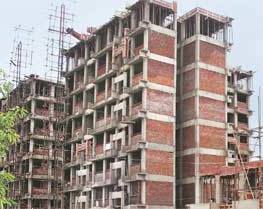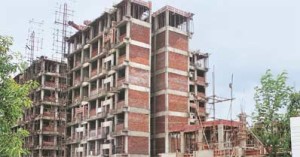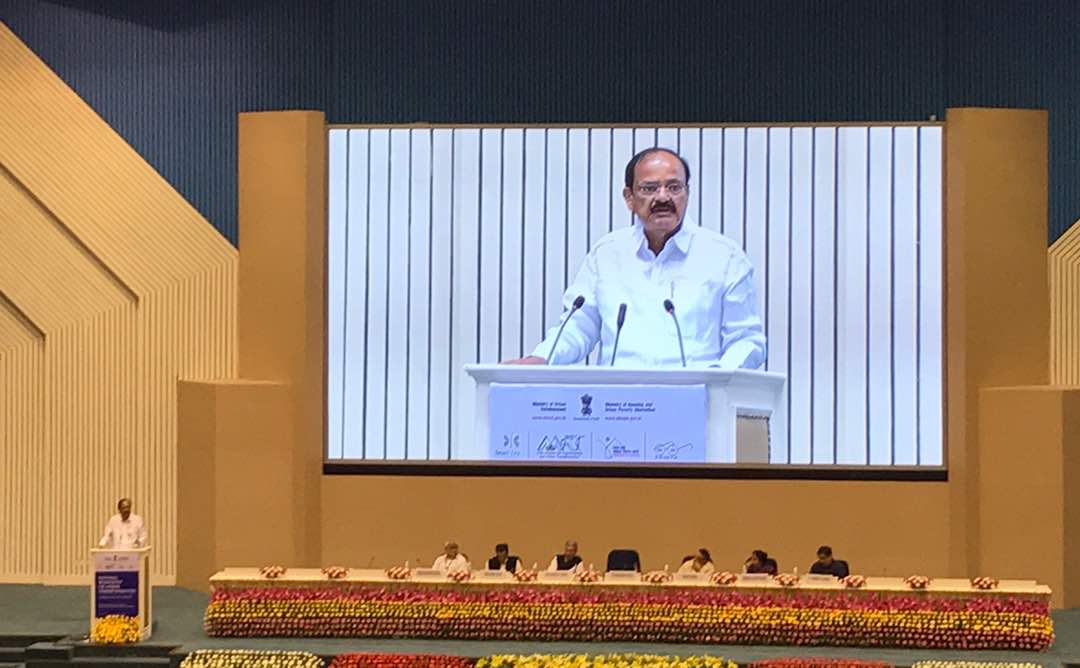
 Even though India requires about 19 million low-cost homes by 2030 for an ever-growing urban population, and international consultants Monitor Deloitte describe the low-cost housing segment as a $150bn business opportunity, the euphoria has failed to excite the developers. Those into low-cost housing say the companies operating in the sector are facing a challenge of shrinking return margins.
Even though India requires about 19 million low-cost homes by 2030 for an ever-growing urban population, and international consultants Monitor Deloitte describe the low-cost housing segment as a $150bn business opportunity, the euphoria has failed to excite the developers. Those into low-cost housing say the companies operating in the sector are facing a challenge of shrinking return margins.
In fact, the looming dismal profit margins have forced the developers to raise prices, redefining the notion of what is “affordable”.
A case in point is that of Tata Housing, which is close to completing the construction of 1,200 cheap homes at Boisar, a modest industrial town 100 kilometers north of Mumbai. Brotin Banerjee, CEO of the company — which has invested up to Rs 40 billion in low-cost homes, with about 20,000 units built or under construction across the country — calls it a “tough model”.
Market prices for Tata Housing’s low-cost apartments in Boisar have more than doubled to around Rs 1.8 million rupees since off-plan sales began in 2009 when they had sold most of the homes. But, the Tatas have failed to generate margins of more than 20 percent it had sought and now expects to earn 15 to 16 percent, far below the margins of 30 to 50 per cent that mid-tier and premium housing projects earn developers.
Banerjee complained that costs rose and margins shrank in Boisar because project approvals were delayed, and the company had had to bring in basic infrastructure like roads, water and electricity – services it had expected the government to provide.





















